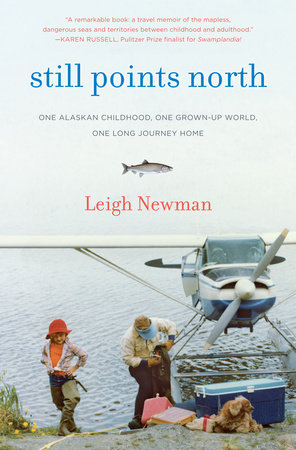An important moment in American literary history takes life in this stunning biography of Jean Stafford, one of the most successful, admired–and troubled–of the brilliant and influential midcentury circle of writers and critics that included Allen Tate, Caroline Gordon, Peter Taylor, Delmore Schwartz, Randall Jarrell, and Robert Lowell, Stafford’s first husband. Ann Hulbert shows us how Stafford, raised in Colorado, the daughter of a failed writer of Westerns, came of literary age in the East, yet fiercely maintained her connection with her provincial background, forging the unique style that marked her highly acclaimed first novel, Boston Adventure; her Masterpiece, The Mountain Lion; her third novel, The Catherine Wheel; and the stories she published in The New Yorker and elsewhere, which were honored in 1970 with a Pulitzer Prize. We follow Stafford through the early experiences to which she returned again and again in her fiction, and which helped shape her disenchanted vision–her father’s sudden loss of his fortune; her shame as an adolescent, living in a boardinghouse in Boulder run by her mother; her aesthetic experimentation as a member of the intellectually maverick “Barbarians” at the University of Colorado; her exciting but troubling Wanderjahr in Nazi Germany, where she watched civilization crumbling. We see her take her place as a forceful, attractive, witty, yet also insecure woman among a group of spirited young writers who were learning from and challenging their older mentors–the increasingly powerful Southern critics and the Partisan Review circle in New York. With her marriage to Lowell at twenty-four, she embarked on a feverishly creative but ill-fated coursethat held auguries of his and his fellow poets’ tragic paths: she struggled with Catholicism, confronted domestic violence, battled with alcoholism and mental instability, and throughout it all wrote formally impeccable fiction. And we see her as she finds some happiness with her third husband, the writer A. J. Liebling, part of the New Yorker world that had become her home in the late 1940s. Throughout, we are made aware of Stafford’s constant search for a bastion of order–a safe place, an escape from the unsettling sense of vulnerability that engulfed her, an interior castle–from which to approach her life and her art.
























